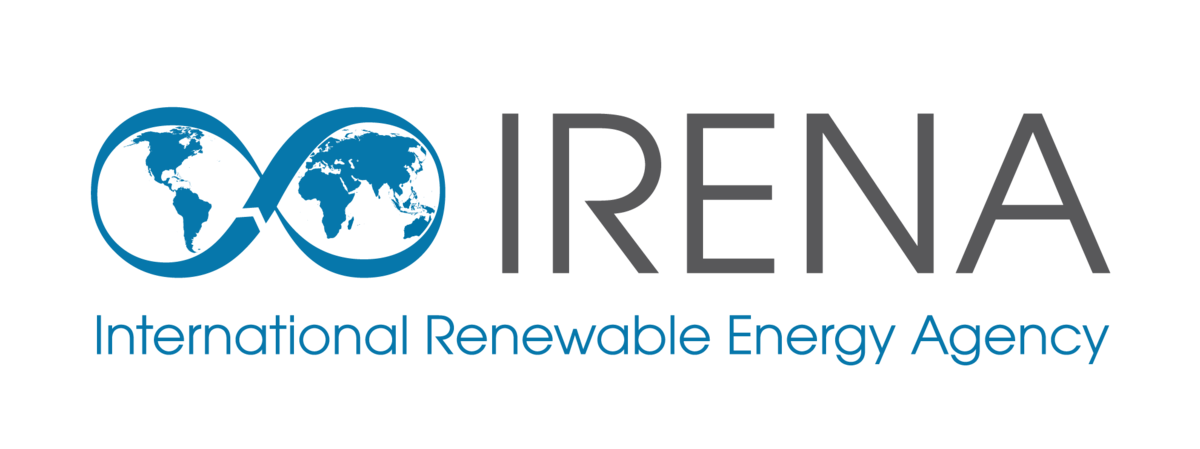
Offshore wind energy Patent insight report

OFFSHORE WIND ENERGY
PATENT INSIGHT REPORTepo.org | 06OFFSHORE W IND ENERGY
P
A
TENT INSIGHT REPORTepo.org | 06
1. Introduction
1.1 The role of offshore wind energy in energy
transition
Climate change is already impacting the world’s
largest economies as well as emerging economies and,
urges the decision makers and stakeholders to adopt
corrective actions urgently to tackle the global climate
emergency. IRENA’s World Energy Transitions Outlook
2023 edition has once again shown that the renewables
based energy transition is the solution to the fight
against climate change and the pace of the transition is
currently off-track 1 .
Limiting global warming to 1.5°C will require cutting
carbon dioxide (CO2
) emissions by around 37 gigatonnes
(Gt) from 2022 levels to achieve a net zero scenario in
the energy sector by 2050. This will require a profound
transformation of energy systems, including a massive
deployment of renewable generation capacity. In 2022,
IRENA’s statistics show that renewables accounted for
83% of new annual generation capacity additions, with an
additional 295 gigawatts (GW), reaching 40% of the total
global installed capacity2 . Under IRENA’s 1.5°C scenario,
renewable generating capacity will need to reach above
33 000 GW by 2050.3
By 2050, wind (onshore and offshore) would significantly
increase from the current 900 GW up to more than
10 000 GW, representing almost one-third of the total
installed capacity from renewable sources. In terms of
offshore wind, the global installed capacity would reach
almost 2 500 GW by 2050. This entails a 40 times increase
from today’s level (63 GW by 2022) and makes offshore
wind one of the leading technologies in the bid to achieve
global climate targets within the next three decades.
1 IRENA (2023), World Energy Transitions Outlook 2023:
1.5°C Pathway, Volume 1, International Renewable
Energy Agency, Abu Dhabi. https://www.irena.org/
Publications/2023/Jun/World-Energy-Transitions-Outlook-2023
2 https://www.irena.org/Publications/2023/
Jul/Renewable-energy-statistics-2023
3 IRENA (2023), World Energy Transitions Outlook 2023:
1.5°C Pathway, Volume 1, International Renewable Energy
Agency, Abu Dhabi. https://www.irena.org/Publications/2023/
Jun/World-Energy-Transitions-Outlook-2023
Yet the deployment of offshore wind comes with its
own challenges. Even though the technology itself has
experienced sharp cost reductions — a fall of 59% in the
levelised cost of electricity (LCOE) 4 between 2010-2022,
current commodity price inflation and higher interest
rates are proving a challenging environment. In addition,
aspects such as integrating this technology into the
energy system via new interconnections, supply chain
bottlenecks and logistical challenges, the demand for
critical materials and recycling or the need for larger
turbines and more robust foundations, among other
factors, require further efforts, if we are to accelerate
the sectors to the energy transition. Today, the offshore
wind market remains smaller than the onshore wind
market, with total installed capacities reaching 63 GW
by 2022. Considering the current plans and targets set
by countries as per IRENA’s Planned Energy Scenario
(PES), the global cumulative offshore wind capacity is
expected to reach 275 GW by 2030 and close to 1 200 GW
by 2050 respectively. This still falls behind of the 494 GW
and 2 465 GW targets by 2030 and 2050 respectively in
IRENA’s 1.5°C Scenario.
POUR ALLER PLUS LOIN :
https://link.epo.org/web/business/patent-insight-reports/en-offshore-wi…